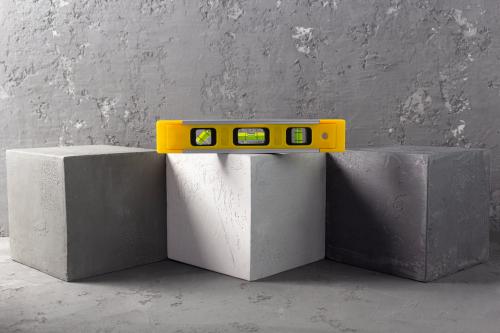What is the Process of Foam Concrete Raising?

One of the most common challenges that homeowners face is raising sunken concrete. Although there are many ways to do this, foam concrete raising is still the most preferred choice due to various reasons that include easy, time-saving, and cost-effective processes. If you decide to raise concrete in your home with spray foam, be sure you're getting a permanent solution that's cost-friendly in the long run. You won't keep incurring additional costs to make concrete slabs stable from time to time. Furthermore, if you've been planning to sell your property, it'll attract better value if you raise any sunken concrete in your driveway, sidewalks, foundation, patio, etc.
What makes Concrete Sink?
Concrete is among the most durable materials used in construction settings. However, it tends to sink over time due to various reasons as follows:
a. Soil Washout
Water is the main reason for the concrete sinking. When water from rain or plumbing leaks gets into the concrete surfaces, it starts to weaken them by taking away soil particles that hold these concrete surfaces. In most cases, soil washout happens slowly except when there are intensive plumbing leaks or weather elements. When the soil holding the concrete surface starts being washed away, the slab sinks slowly.
b. Poorly Compacted Soil
Different types of soils have different compaction capabilities. Therefore, poorly compacted soil will make it easier for your concrete surfaces to sink. Concrete contractors will generally pour concrete on top of the soil. Without a proper soil base, the concrete will add weight and compress the soil, making it sink. Basements are the most dangerous when it comes to poorly compacted soil.
c. Lack of Proper Support
Concrete slabs require support to be firm. This support comes from both the soil and the slab itself. If there are some unsupported concrete slab pieces, some sections are more likely to slip away, leading to concrete crumbling, cracking, and unlevel.
d. Changes in Moisture Content
Regardless of where you live, it's obvious that there'll be wet and dry seasons. When it's wet, the soil becomes wet, and vice versa. The soil will expand and contract depending on these moisture content changes. This process makes concrete sink over time.
The Process of Foam Concrete Raising
If you've got sunken concrete in your home, you'll probably consider concrete replacement or repair. Since the concrete replacement is much more costly than repair, most people consider foam repair. Foam concrete raising is not only an effective solution but also a long-lasting solution that saves resources and time. It also minimizes the environmental footprint and is quick to install. A professional concrete repair contractor injects the polyurethane foam into the sunken concrete to raise it and bring stability to the loose soil. Below is the process of foam concrete raising:
1. Examination of the Sunken Concrete
The first step involves a professional concrete repair contractor examining the affected area regarding what causes concrete to sink and the extent of the damage. Depending on the contractor's findings, a cost estimate is given to the property owner detailing everything that should be done.
2. Drill Concrete
The next step involves the contractor drilling small holes in the affected area. During the process, a lot of care is taken to prevent further cracks.
3. Foam Injection
The polyurethane foam is then injected into these drilled holes. This foam expands quickly and fills the holes, thus lifting sunken concrete and stabilizing weak soil.
4. Smooth Patch
After filling drilled holes, the concrete repair contractor uses grout (cement, sand, and water mixture) to fill the holes.
In conclusion, this is the process of foam concrete raising. The concrete will be ready for use within less than half an hour.
Post Your Ad Here
Comments